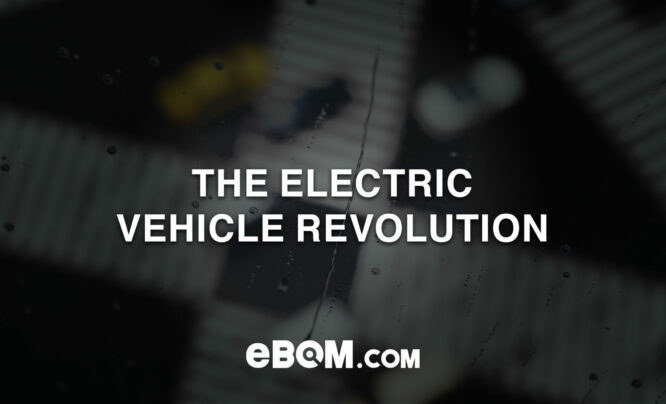The automotive industry has developed leaps and bounds from when cars were first properly introduced to the public in the late 1800’s, thanks to the advanced technology we have today. Many people nowadays rely on cars to travel to most places due to their convenience and efficiency. According to Statista, 87 percent of UK residents have a car available. However, a few hundred years back when there were no traffic lights or drivers’ licences, the automotive industry was a chaotic scene. Although electric vehicles may seem like a new concept, they’re suprisingly not and I will explain this throughout the article.
According to EDFENERGY, the very first electric car production was built in 1884 by English inventor, Thomas Parker. Parker was responsible for introducing a range of innovations into the UK including the electrification of the London Underground as well as working on electric tramways for a number of cities. By 1897 a fleet of electric taxis was also being used in London. Improvements in petrol and diesel technology marked the end of the popularity of electric cars which has only been revived in the last decade.
Today’s World
The global Electric Vehicle (EV) market has grown significantly in the last 20 years and, now, the UK has committed to banning the sale of new petrol and diesel vehicles from 2030. In the UK, and around the world, there’s a strong shift among consumers towards electric-powered cars. Figures for March in the UK saw sales of battery electric and plug-in hybrid cars reach 14% of the market. When it comes to pure electric vehicles, Western Europe is the global hotspot with over 700,000 battery-powered cars sold in 2020.
Over the last few months, three big U.S. electric vehicle charging companies have announced multibillion-dollar reverse mergers to take themselves public. In the latest, Volta Industries said Monday that it will go public at a value exceeding $2 billion and walk away with $600 million in cash to build out its charging network. It is part of a massive expansion of EV charging that is underway — one that, according to McKinsey, will grow to as many as nine million U.S. charging points by 2025.
“Petrol and diesel vehicles now seem like the end of an era, and EVs are fast approaching the moment where they redefine the market. For investors in the charging grid, it’s a great time to establish your name, presence and supply chain. ” By Filippo Gaddo
Electric Vehicles Taking Over
Another quote from EDFENERGY, as of May 2019, the number of public charge points outnumber petrol stations in the UK. Data from Zap-Map shows that there are now 8,471 charging sites across the UK as opposed to 8,400 petrol stations. In fact, the number of petrol stations is actually decreasing.
New EU Electric Vehicle Rules
Until recently one of the joys of driving an electric car is the peace and quiet that they bring to the roads. However, as from July 2019, a new EU rule meant that all new electric and hybrid cars are legally required to emit an artificial noise so that they can be more easily heard by cyclists and pedestrians. The noise kicks in at speeds of 13mph and below. Thankfully the noise is on the exterior of the car so it’s still nice and quiet inside for drivers.
The Future of Electric Vehicles
Electric cars in the UK could be set to have their own green number plates if government plans go ahead. As part of a drive to promote low emission vehicles, the UK Government is currently considering introducing the special number plates to new electric cars. Special plates for green cars are already in use in countries such as Norway, Canada and China.










